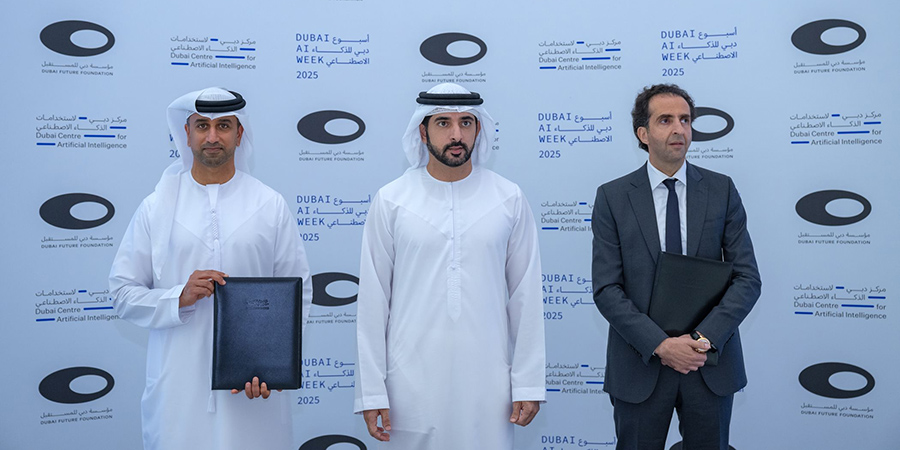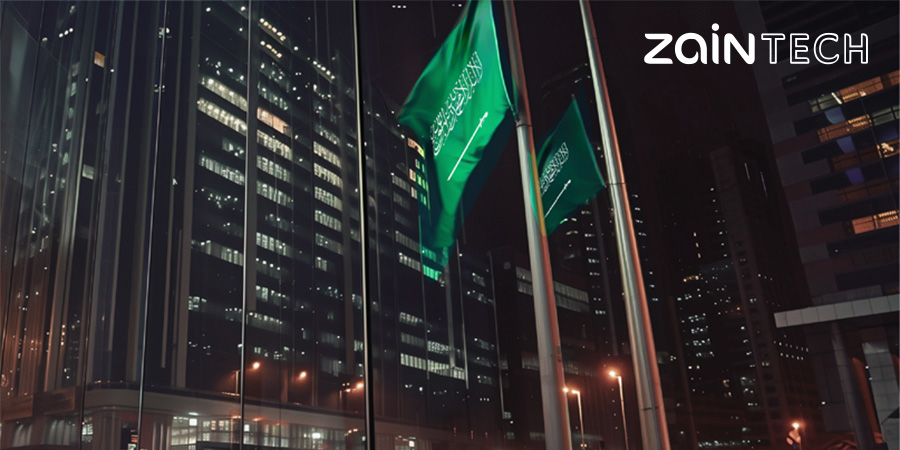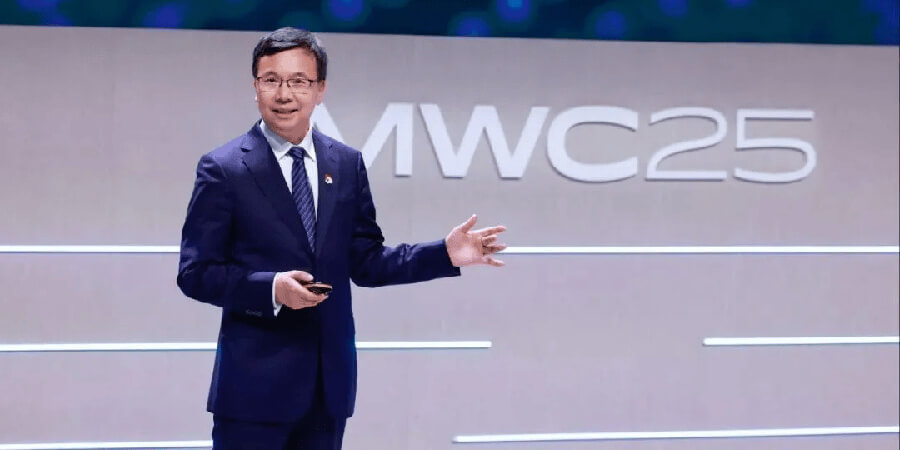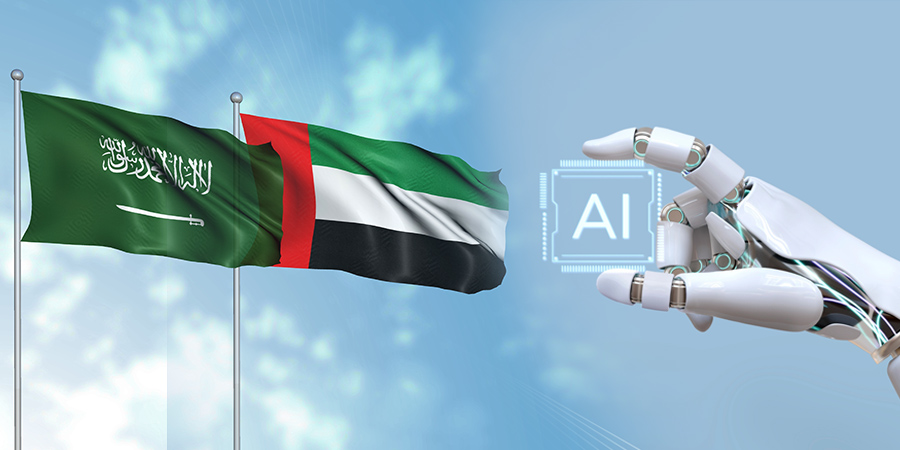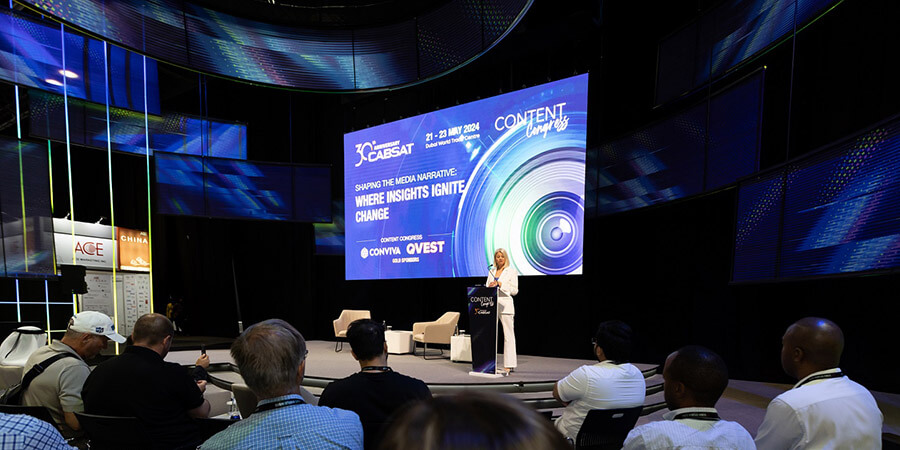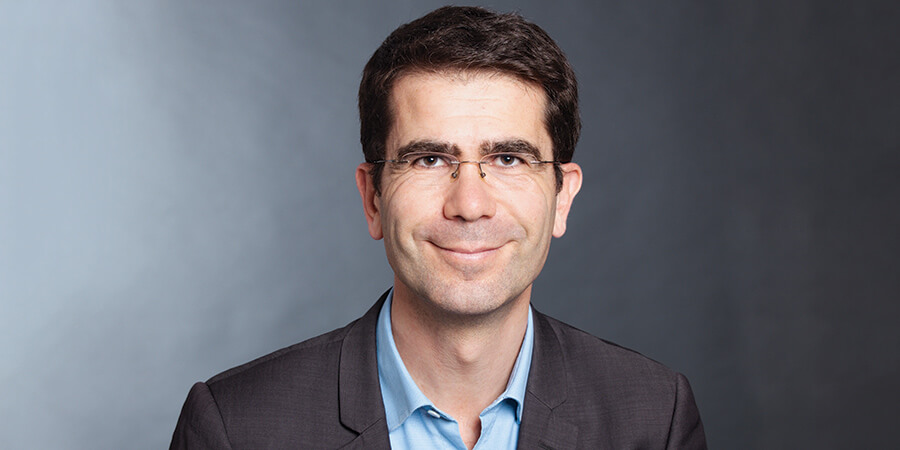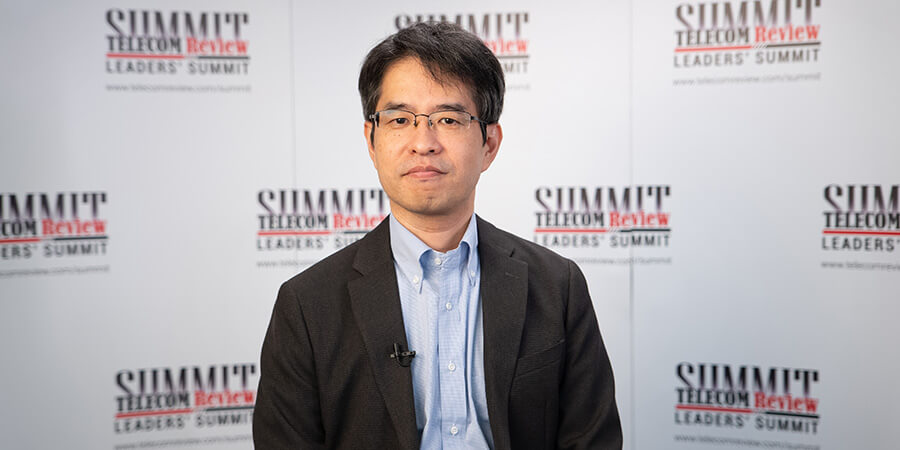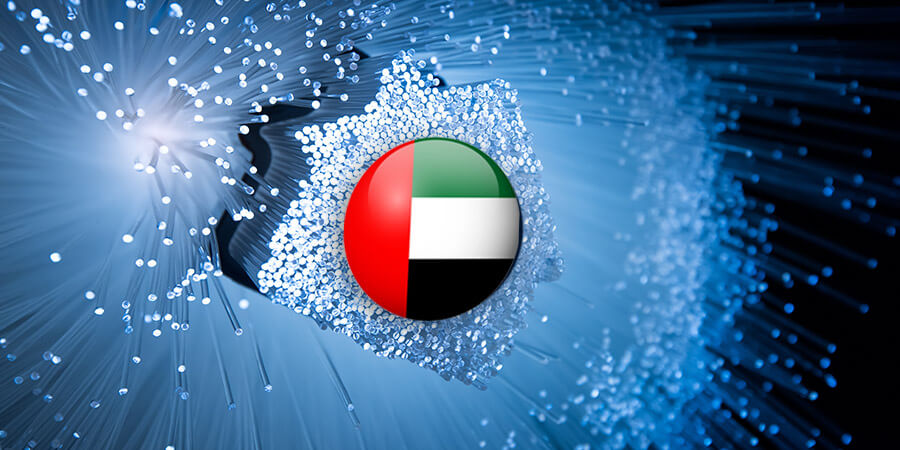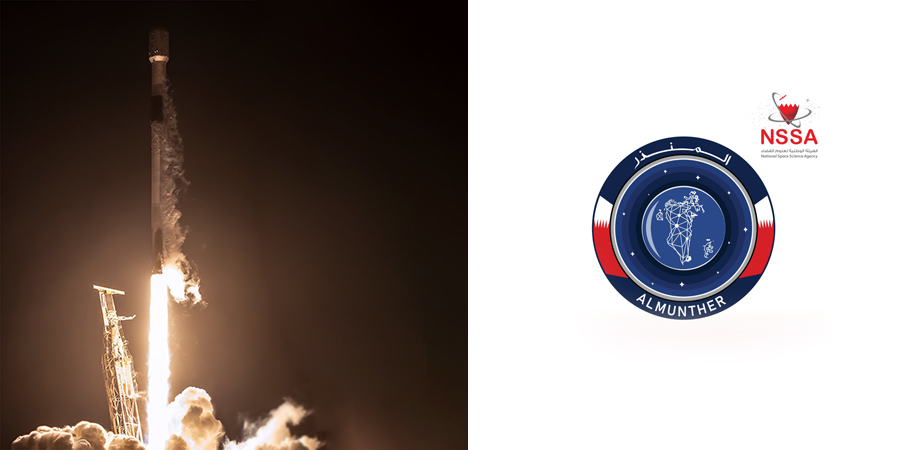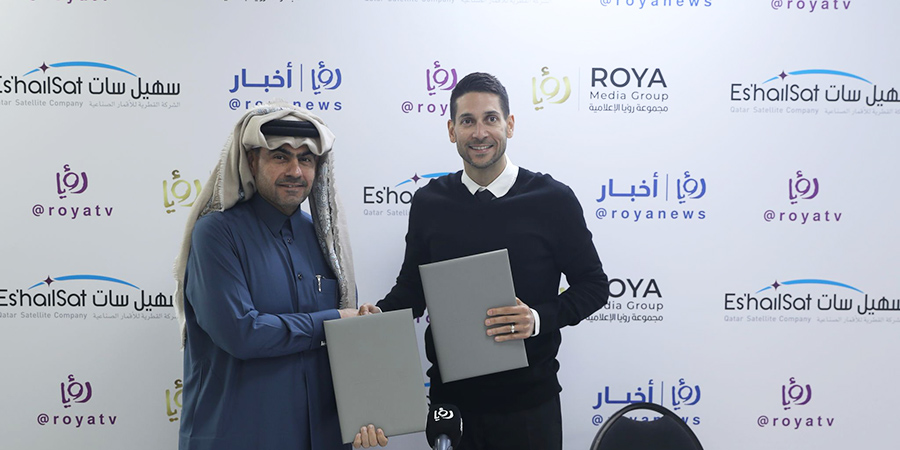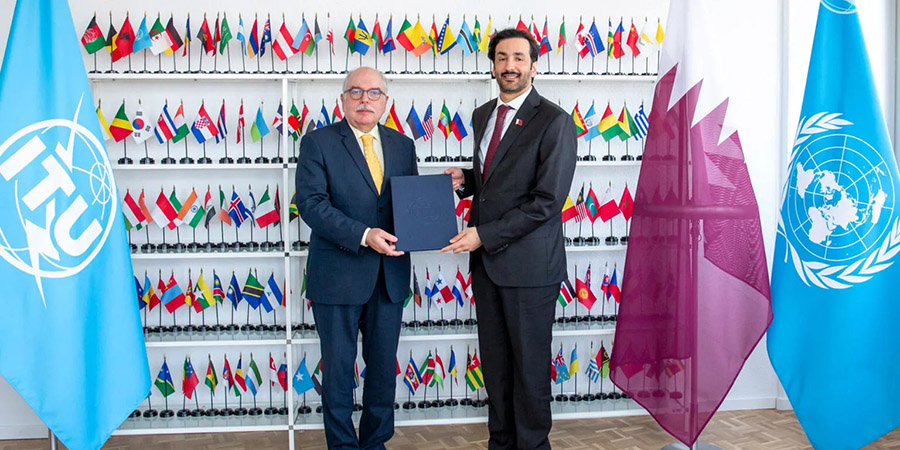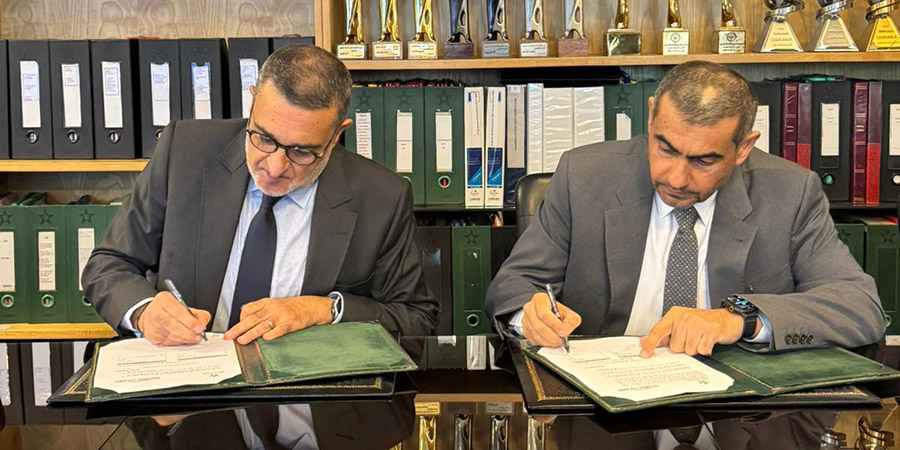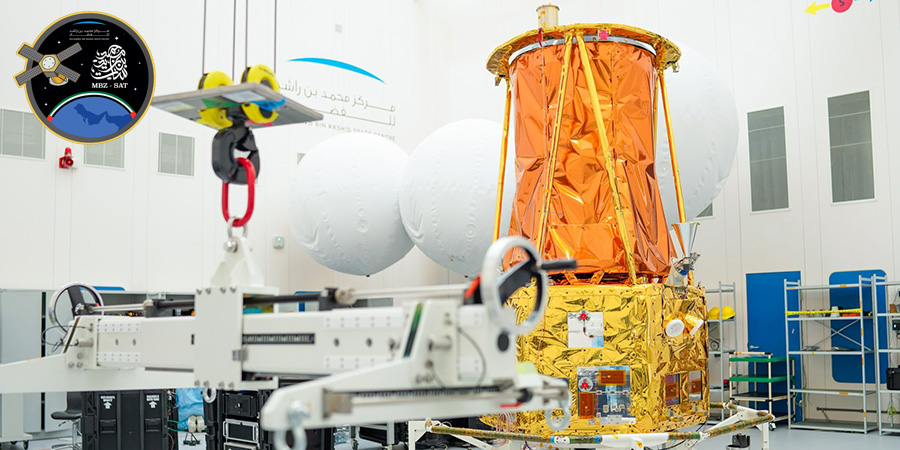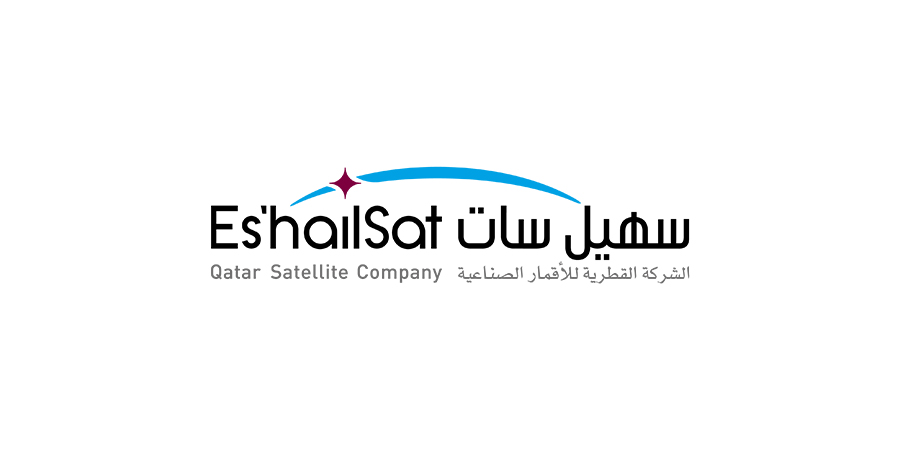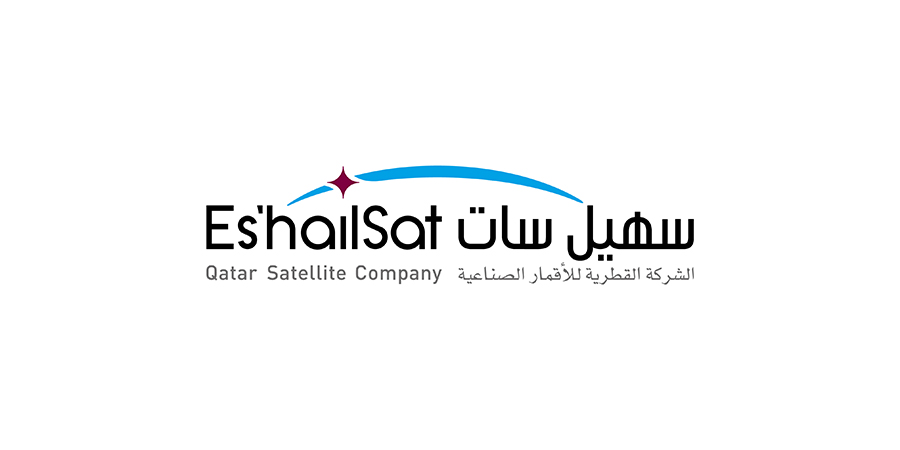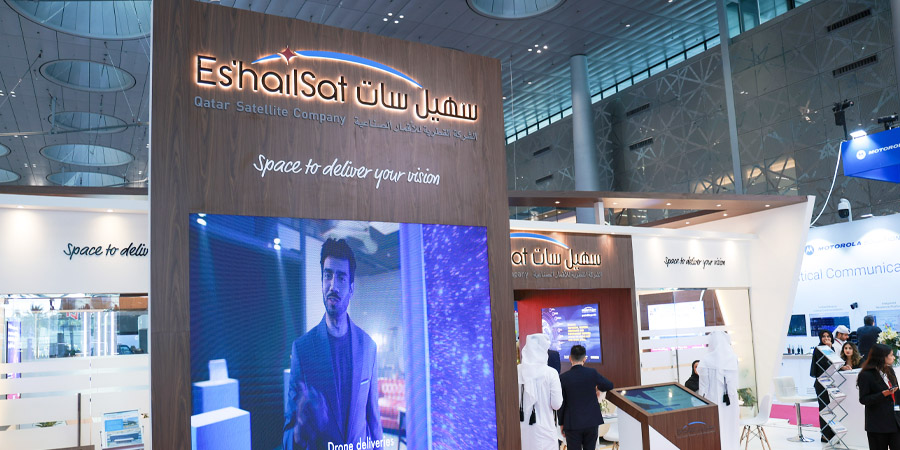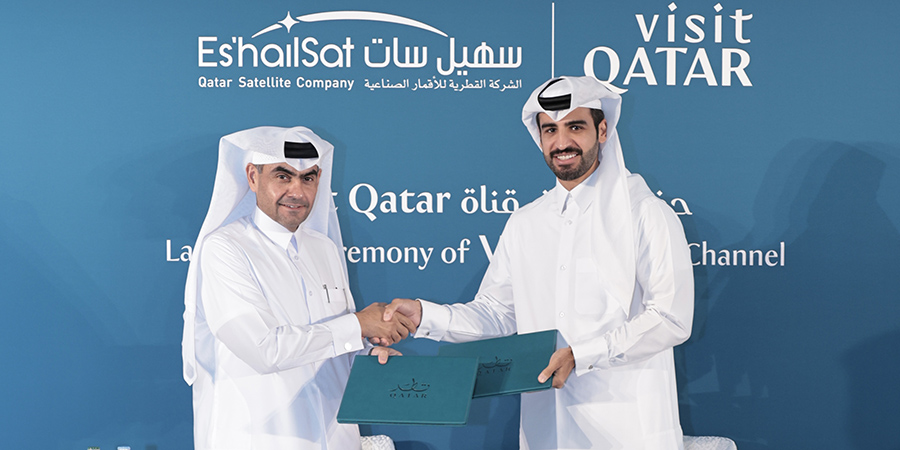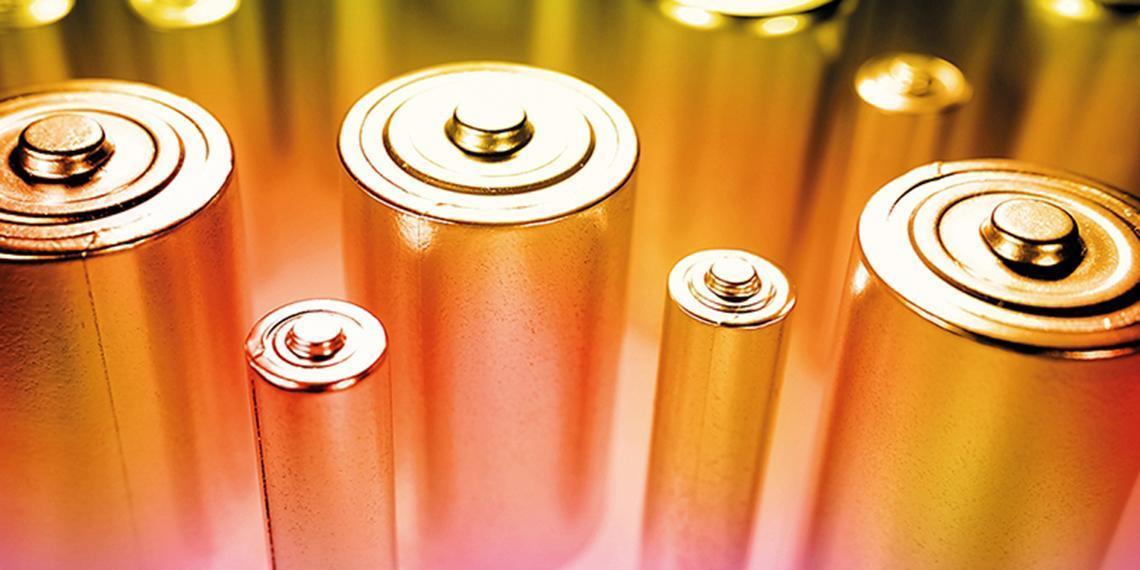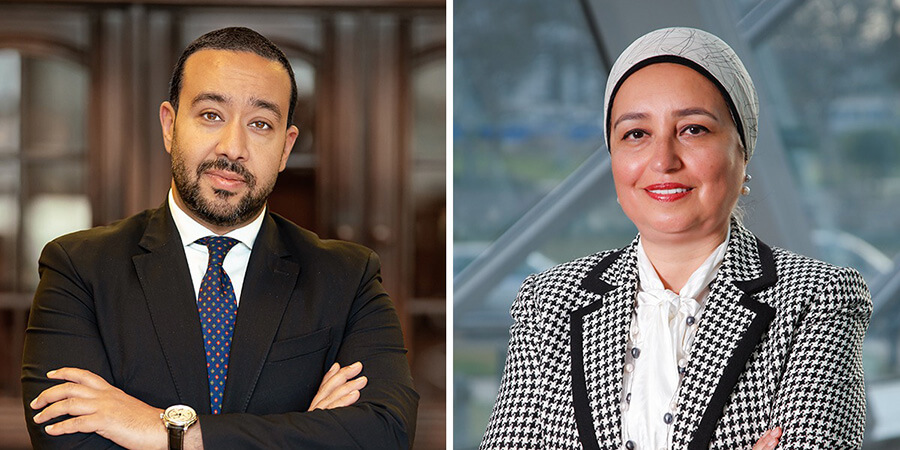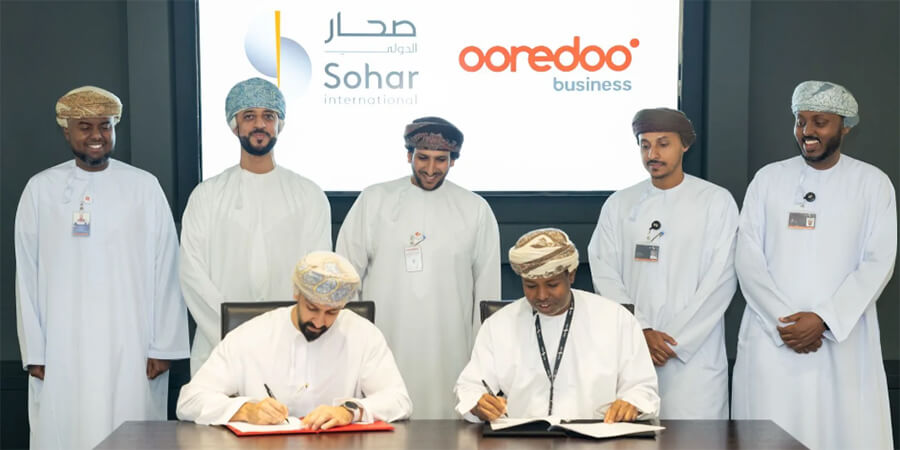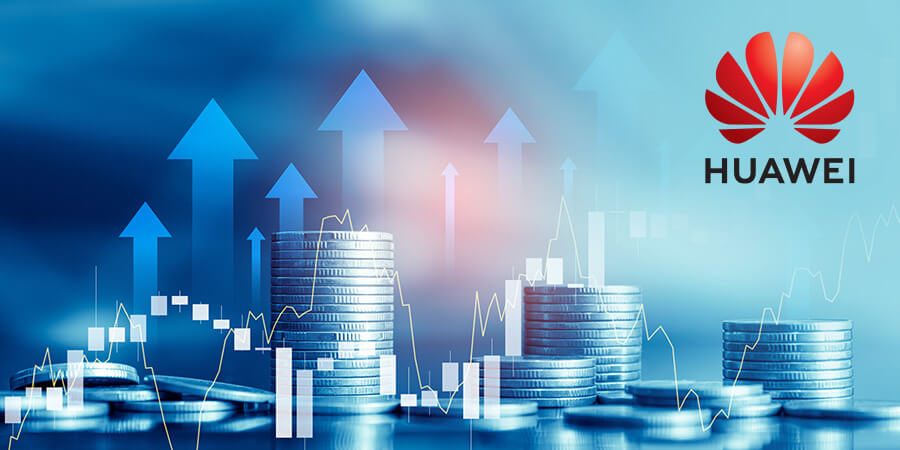The telecommunications industry is continuously evolving, influencing unexpected industries - even the energy sector. Now that connectivity is such a vital part of modern lifestyle, people today expect telecom operators to provide them with seamless service. But that isn't always possible, especially for remote and rural regions that often suffer from power blackouts. That was, until zinc-air energy storage emerged as a promising solution.
Zinc-air energy systems allow telcos to keep cellular basestations operational during periods of grid instability, storing significant amounts of energy through charging when electricity is not available, and then discharging energy when it is. Not only is zinc-air energy storage a convenient system for telecom cell sites, but it's also environmentally sustainable, made from materials that are not harmful.
The need for new solutions to support telcos with backup power is an issue that has been growing in significance, influenced by the increased usage of electricity on a global scale. There's an increased implementation of electronic communications equipment across the world with businesses and governments constantly using the internet, which is often supported by cell sites and basestations in remote regions. With an increased utilization and reliance on microprocessor-based technologies, companies are at a higher risk of being affected by blackouts.
The only way to effectively prevent these blackouts from affecting people's day to day lives is for companies to prepare by implementing DC (Direct Current) power systems or AC (Alternating Current) power systems. Alternating Current is an electric current in which the flow of electric charge periodically reverses direction, whereas in Direct Current, the flow of electric charge is only in one direction. Traditionally, lead-acid batteries have been used by the likes of telcos for backup power infrastructure.
Telecom operations have relied on a variety of power sources to ensure their system is safe and that power quality is satisfactory. But with high power quality becoming extremely high priority, telecom backup power has taken a new direction. That's where zinc-air energy is taking hold: a clean, efficient means of energy storage.
Behind the growing success of zinc-air energy storage is a company called Fluidic Energy, a commercial-scale, zinc-air battery firm based in Scottsdale, Arizona. The company has managed to keep a rather low profile over the years, despite having raised more than $150 million in funding from strategic, venture and government sources.
In November 2015, Fluidic Energy signed a MoU in partnership with Caterpillar and PT Perusahaan Listrik Negara, Indonesia's state-owned electric utility, kick-starting Fluidic's deployment of thousands of its battery cells as a replacement for diesel generators or lead-acid batteries.
The initial purpose of the MoU for Fluidic, as reported by GTM, was to furnish reliable and renewable energy to 500 remote villages throughout Indonesia using PV solar combined with over 250 megawatt-hours of Fluidic battery capacity. Caterpillar's involvement brought an existing, robust business in power generation for mining and remote sites, as well as a global sales and distribution network.
Speaking to GTM, Steve Scharnhorst, Fluidic Energy CEO, said zinc-air cells have potential for high energy density, high cycles and low weight. The battery has ""free oxygen"" as the catalyst for half of the reaction, while zinc is a cheaper commodity than lead.
""Zinc energy storage has been around forever - every button cell in a hearing aid uses it,"" said Scharnhorst in an interview, but also mentioned that ""re-chargeability was the challenge"" - an issue that Fluidic has remarkably overcome. He said that applications requiring three to four hours in duration are best for lead-acid and lithium, but ""neither do well over four hours. Long-duration gets expensive quickly at $300 to $400 per kilowatt-hour. Our sweet spot is four to 24 hours, and at $200 to $300 per kilowatt-hour, we're ready to serve the long-duration market.""
Fluidic Energy was fortunate to initially find those willing to prove its concept, making the risky switch from lead-acid to zinc-air. Most of Fluidic's deployments, since 2011, have been in remote, weak-grid applications. Today, most of the company's deployments are in telecoms in the 1-kilowatt to 4-kilowatt range with eight to 12 hours of backup.
Fluidic Energy has now deployed some 75,000 batteries at 1,200 different sites around the world, says a report by Fortune. With Caterpillar as its distribution partner, Fluidic Energy has managed to raise millions in funding to grow its business. The company's storage solution can be compared to lithium-ion batteries, used in a number of electronic devices today such as laptops and phones, but lithium-ion batteries are less well-suited for discharging energy over a period of time.
The rise of Fluidic Energy
For a long time, researchers have yearned to successfully implement a metal air battery. While a battery is commonly made up of an anode on one side, a cathode on the other, and an electrolyte in between, a lithium-ion battery moves from the anode to the cathode through the electrolyte during charging and discharging. A metal air battery uses air for the cathode part of the battery. The advantage is that air is free, lightweight and widely available. Metal air batteries can suck in air and ditch the heavy casing that would normally hold the anode material inside the battery.
The specific type of metal air battery made by Fluidic Energy is called a zinc-air battery. Zinc is fabulously abundant, low cost, and is the key material that sits in the electrolyte of Fluidic's batteries and moves onto the anode during charging and discharging. Fundamental to zinc-air technology is its reliance on sustainable materials in the construction of the cell and ancillary equipment. It also doesn't contaminate ground water or other sensitive natural resources, according to Caterpillar.
""Fundamentally, zinc is the lowest cost winner for energy storage,"" says Scharnhorst. Zinc has been used in batteries for a long time, but the main problem it always faced was that it wasn't able to be recharged, thus only able to be used once (not very environmentally friendly or cheap). That's where Fluidic made a major breakthrough, figuring out how to make a zinc battery that could be recharged.
Chuck Ensign and partner Mike Pierce are behind the zinc-air energy solution. Back in 2004 and 2005, the two investor/entrepreneurs decided to take a closer look at new ways to store energy. The duo had been working with a private equity firm called True North Partners, which invested early in solar panel giant, First Solar, and wind materials company, TPI Composites.
When the co-founder of True North Partners, John Walton, passed away in 2015, Mr. Ensign formed TN2 (True North Two), a firm which continued Walton's vision of science-based technology, formulating ideas to tackle the world's energy challenges. According to Fortune, TN2 is the largest shareholder and has invested in almost every deal that Fluidic Energy has been involved with.
TN2 was behind the initial research in energy storage about ten years ago, when many other venture capitalists were also eyeing the battery sector. Ensign's research eventually took him to Arizona State University and the labs of ASU Professor Cody Frieson, who at the time, was working on designs for a rechargeable battery. The two then worked together over the next few years, developing a zinc-air battery that would be ""reliable, long-lasting, low-cost, and attractive to customers in the developing world.""
The United States government also played a role in assisting with the implementation of the new zinc-air technology. The Department of Energy, back in 2009, launched its ARPA-E (Advanced Research Projects Agency-Energy) program, giving out small grants (about $1 million) to startups looking to achieve difficult, but ultimately beneficial goals. At the time, Fluidic Energy was a startup struggling to figure out how to get its battery to achieve ambitious milestones. Fluidic Energy was granted a sum by the department which helped to fund its research. The company now stands as a ""poster child"" of the ARPA-E program and what's possible.
With this new revolutionary battery product, backed by TN2 and the ARPA-E, Fluidic Energy needed a market to sell its product to. That market turned out to be telecommunications. Fluidic sold its unique batteries to telecom companies in Indonesia, Central America and Africa - telcos operating in remote or rural areas far from a reliable power grid.
Telcos in such areas require consistent cellular signals for their customers by using basestations, but without relying on a reliable grid to power them. Diesel generators were used at first for backup power, but they are environmentally damaging, inefficient and the fuel can get expensive. Fluidic Energy's zinc-air energy solution was the perfect alternative.
Scharnhorst has said that batteries (like diesel) are a high-theft item. He suggests that Fluidic's deep integration of electronics makes repurposing zinc-air batteries difficult and serves as a ""theft deterrent"".
Looking ahead, the biggest hurdle for Fluidic Energy will be competing against other similar enterprises that offer low-cost, lead-acid batteries for customers, including telcos. But Fluidic has the advantage that zinc-air batteries are lower cost than lead-acid batteries and can offer other enticing features such as integrated smart software, reliability, and a longer battery life.
Other startups that have succeeded in energy tech include First Solar and also Tesla. Only time will tell if Fluidic Energy's zinc-air energy product proves to be worthy enough of elevating the company to the ranks of its market rivals. But if more companies around the world, particularly those in the telecommunications industry, are prepared to take a chance and move away from diesel generators, then Fluidic Energy certainly has a strong chance of making a significant impact.








